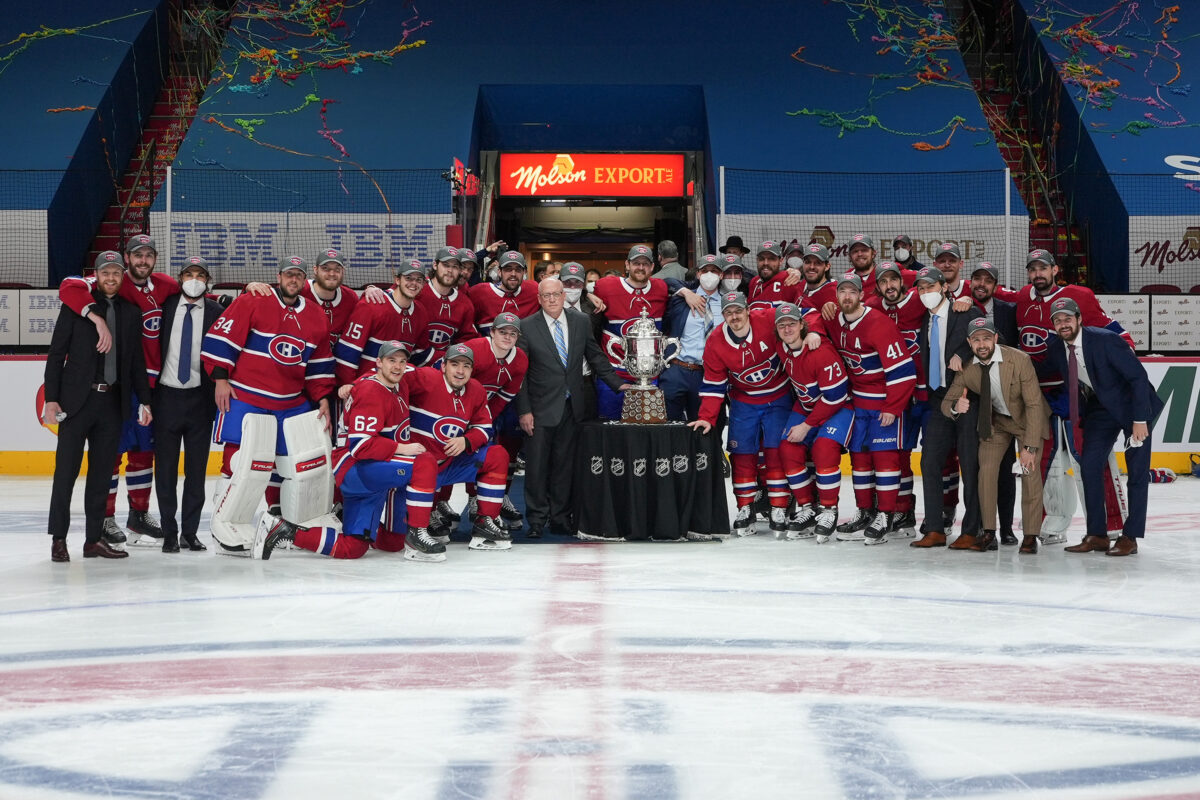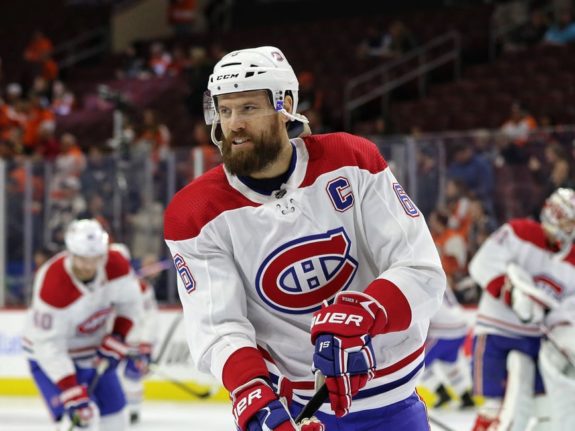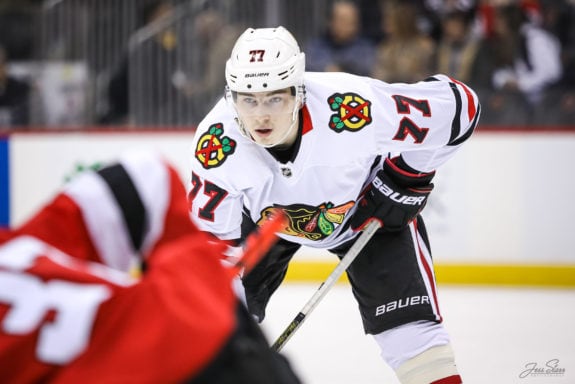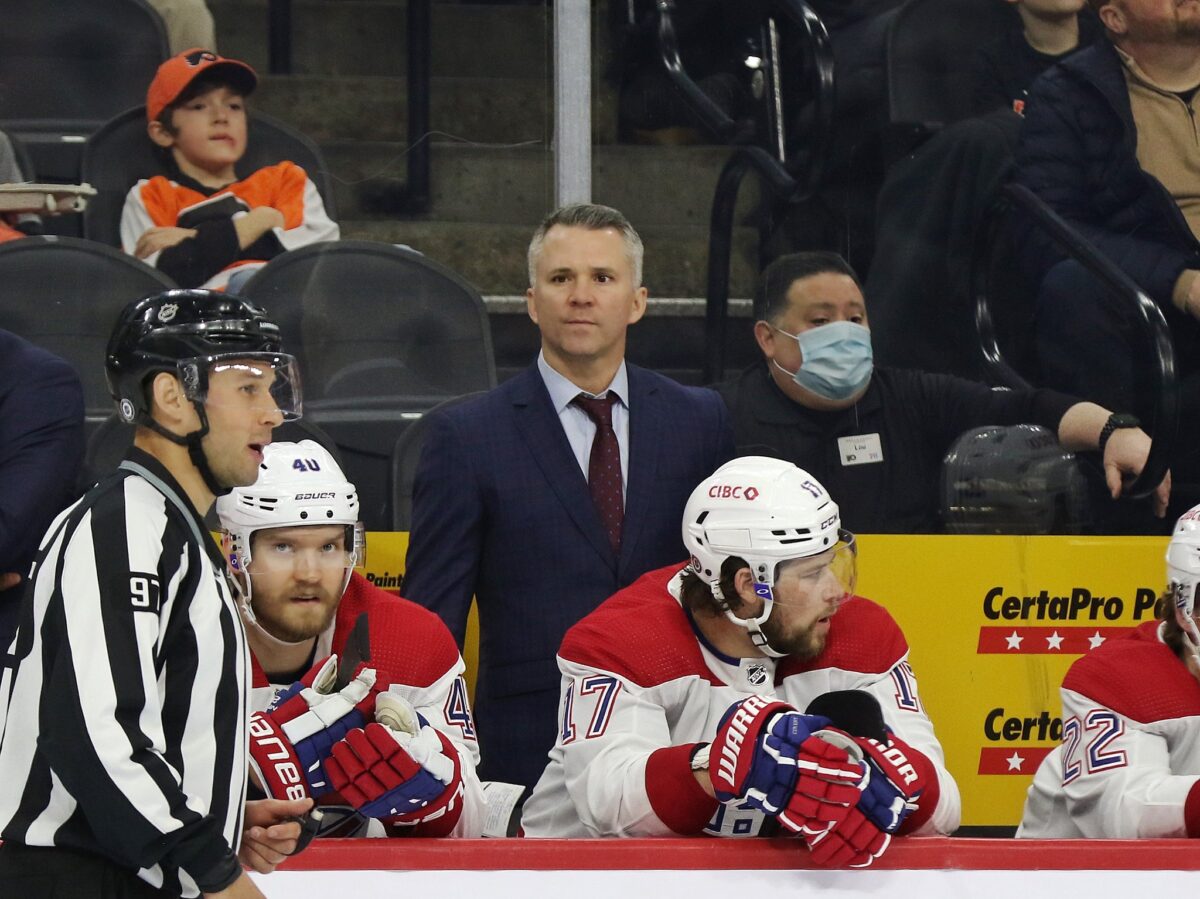They say time is relative, but so is success. The notion is especially true for the Montreal Canadiens heading into the 2022-23 regular season, one calendar year after falling just three victories short of capturing the Stanley Cup.

As the Canadiens returned to the Atlantic Division for 2021-22, a playoff spot was always going to be hard to earn. Few if any analysts predicted a last-place finish, though. As a result, the bar has been lowered sufficiently to the point that, not only is another non-playoff finish universally expected, but it’s almost something to which to look forward. Here are the top five keys to a successful 2022-23 Canadiens season:
5. Less Injuries for Starters
How bad were the 2021-22 Canadiens, exactly? Well, it’s easy to point to their 22-49-11 record, which stands as one of the worst in Habs history, and say “very.” And the on-ice product did truly reflect that assessment for long stretches of last season, but it’s not as simple as all that, due in large part to the team’s injury situation.
The Canadiens set a record for man-games lost with 731, with notable injuries to the likes of goalies Carey Price and Jake Allen, forwards Brendan Gallagher and Jonathan Drouin and defenseman Joel Edmundson. It was so bad, the Canadiens broke the old record (629) by over 100 games, when the Calgary Flames had only 92 man-games lost all of last season.
Hell, the Canadiens would have broken the record, even if you exclude the 82 games attributed to Shea Weber, who maybe shouldn’t have counted because he was “retired” for all intents and purposes. That’s a lot of injuries. So, no one really knows how bad the Canadiens really were, although it’s fair to call them a non-playoff team simply because Weber was gone and not coming back, arguably without anyone in the pipeline to replace him as the team’s No. 1 defenseman.

That remains true to this day, but a full season of relative health throughout the lineup would certainly be a blessing. Not only would the Canadiens and their fans get some relief, but general manager Kent Hughes (and executive vice president of hockey operations Jeff Gorton) would get a better idea of this team’s biggest needs, and that’s critical to a successful rebuild.
4. More Clarity on Carey Price’s Health
It almost goes without saying, but goaltending remains near the top of that list, even if the Canadiens have Carey Price, who, when healthy, is consistently regarded by his peers as one of the best goalies in the game. However, even if Price were healthy, following a season in which he missed all but five games, the Habs lack a clear heir apparent in the system.

It might be Cayden Primeau, following a confidence-instilling playoff run with the Laval Rocket in the American Hockey League (AHL), but no one knows for sure. The undeniable fact is Price is 35, and his regular-season performance has dwindled away for a few years now.
Even so, Price is under contract for four more seasons, and it’s not looking good, even from just an injury perspective. For example, the status of his knee, which kept him out of action for a large part of 2021-22, has been shrouded in uncertainty. Some reports, which have been unconfirmed by the Habs, suggest Price will be ready to go at the start of the season.
Other, earlier reports suggested Price could retire, which seems unlikely, but at the very least highlights the seriousness of his condition. For their part, the Canadiens are operating under the assumption Price will be ready, because earmarking his $10.5 million hit for other uses and prematurely using up his cap space would be unwise.
All that to say, it would go a long way lighting the way for Hughes if he knew beyond a shadow of a doubt if Price’s knee was going to hold up. It may be too much to ask, as Price probably won’t know himself until he sees game action, but it’s still a necessity to enable the Habs to either move on or make plans to keep on with him in net (because, if Price isn’t retiring, he’s not going anywhere with that contract).
In that regard, it would almost be a blessing in disguise for Price to at the very least follow in Weber’s footsteps and “quote, unquote” retire, as it would provide the Canadiens with much needed cap relief. Hughes’ made inroads to alleviating the problem, but the Canadiens have still got a long way to go.
3. More Canadiens Cap Relief
On the plus side, one way or another the Canadiens will get significant cap relief. They just may have to wait all season for it, with contracts like Drouin ($5.5 million hit), Evgeny Dadonov ($5 million) and Paul Byron ($3.4 million) set to expire.
Related: Likeliest Canadiens to Be Dealt for Cap Space After Weber Trade
However, it’s worth noting the Canadiens are right up against the $82.5 million ceiling. So, they’re going to need to clear some space prior to that point, like yesterday, even if only to make room for newly acquired Kirby Dach, who remains unsigned as a restricted free agent.

Furthermore, the Canadiens are likely several years away from contending for a playoff spot. So, logically it makes sense for them to maximize the value of players with big cap hits and long terms on the trade market by dealing them as soon as this season. That way, they’d gain more cap space and future assets, all the while getting rid of potentially problematic contracts for when they’d be looking to contend, all in one fell swoop. The sooner the better, because players do have best-before dates, conceivably making this season more successful with each contract Hughes and co. can shed.
2. Successful Development of Juraj Slafkovsky
In many ways, the most important consideration for the Canadiens in 2022-23 is the development of prospect Juraj Slafkovsky. The Canadiens obviously went out on a limb, drafting the Slafkovsky first overall at the 2022 NHL Entry Draft. With that selection, they consciously decided to avoid addressing their longtime needs at center, admittedly immediately afterward trading for a center in Dach (albeit one with a significantly below-average career faceoff percentage). In so doing, they added to the pressure for Slafkovsky, a winger, to reach his potential as a first-line power-forward.

As a result, the Canadiens and Hughes specifically can’t afford to take shortcuts with Slafkovsky’s development. There are certain expectations that come with being taken picked first overall, for example starting in the NHL right away, but, considering Slafkovsky has yet to play professionally in North America, there’s arguably value in sending him to the AHL to start his Habs career.
Of course, 2022-23 would be considered an unmitigated success were Slafkovsky to start in the NHL and put together a Calder Memorial Trophy-caliber campaign. And there is little denying chances are good the Canadiens give him the opportunity to do so. However, on the off chance they do send Slafkovsky to the AHL?
There are realistically two potential outcomes. Either Slafkovsky dominates and eventually gets promoted to the Canadiens, in which case the Habs can rest easy knowing he’s ready for the NHL, or he needs more time to acclimate to the North America game, in which case they can rest easy knowing they’re not rushing him.
Either way, the Canadiens would be doing right by him and the entire organization. In contrast, if you start him in the NHL, you run the risk of having to demote him (instead of watching him work his way up) if he isn’t ready yet. Worse still, you run the risk of convincing yourself he is ready, when he maybe isn’t, a la Jesperi Kotkaniemi (or Alex Galchenyuk).
In any case, Slafkovsky starting in the AHL is a real possibility, or at least it should be. In such an instance, you can make the case that it doesn’t really matter what happens on the ice with the Canadiens. And to a degree that’s fairly accurate.
1. A Canadiens 2023 NHL Entry Draft Lottery Pick
Obviously, no one likes suffering through a losing season like 2021-22, let alone a second consecutive one. However, there came a point, especially after Martin St. Louis replaced ex-head coach Dominique Ducharme, where priorities shifted and the narrative changed.
It was no longer about the Canadiens being an on-ice embarrassment night after night. It was about the Canadiens following a process to transform from a last-place team into a contender, however long it was going to take. Under St. Louis, even if the end results weren’t, the effort level was, which was drastically different from how it appeared earlier in the season. With St. Louis getting re-signed, there’s no reason the narrative should change.

A one-season turnaround is possible, but lasting success is not guaranteed under those circumstances, as 2020-21 proved for the Canadiens. That’s why it would almost be a tragedy for the Habs to improve significantly in the standings only to just the miss the playoffs and out on a high pick in 2023, especially with projected generational talents Connor Bedard, Matvei Michkov and Adam Fantilli available.
As a result, there’s a case to be made Hughes and the Canadiens should tank 2022-23, for example by unloading assets without a long-term future in the organization. There are admittedly no guarantees tanking will work, but, based on the list of Stanley Cup champions of the last decade and a half, bottoming out for a few seasons to secure several high draft picks at least has a high success rate as a strategy.
True, 2021-22 was a correction in the worst way possible. However, it’s become readily apparent that, as exciting as the run was, the Stanley Cup Final appearance in 2021 was the aberration instead. Simply put, success under ex-general manager Marc Bergevin wasn’t sustainable, especially without replacements for Price or Weber currently in the organization.
So, despite the last-place finish, think of this 2021-22 as an inflection point upward. It’s an opportunity for organizational change, for the Canadiens to go about rebuilding the right way, and successful teams simply aren’t put together overnight. This thing is going to take time, continuing with a potentially long 2022-23. It should all be worth it though, because it will also likely be the key to a Stanley Cup contender a few years from now.